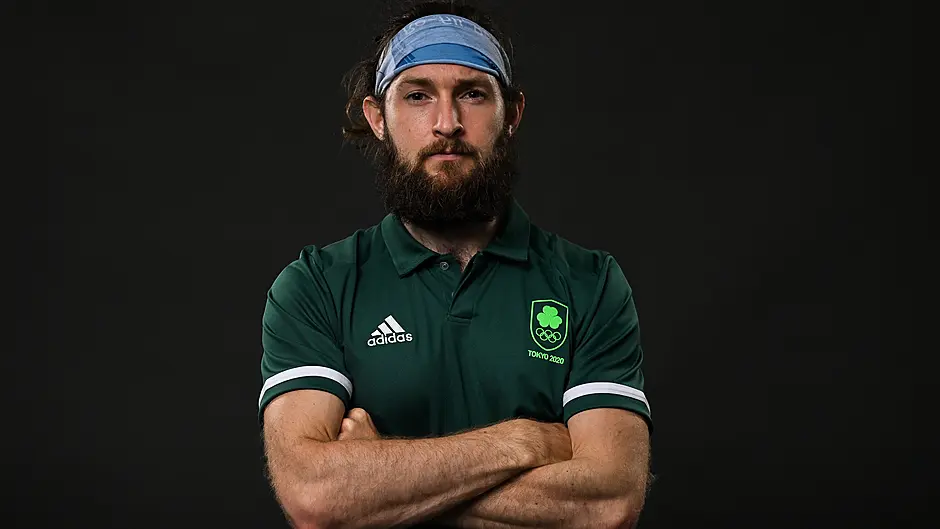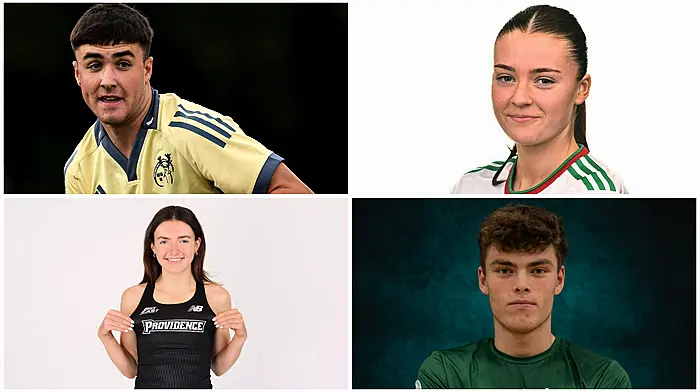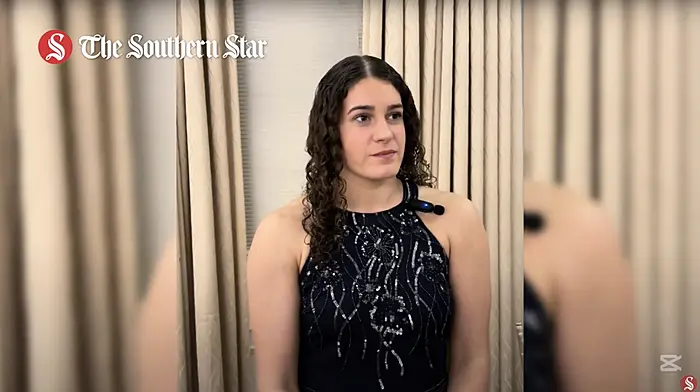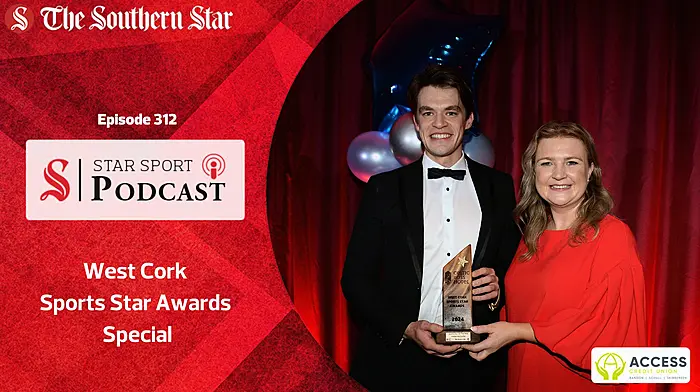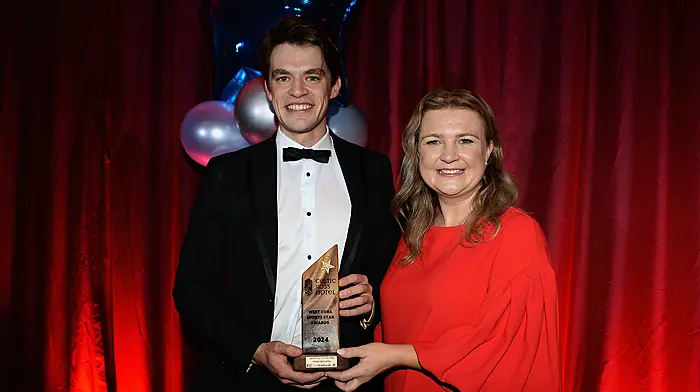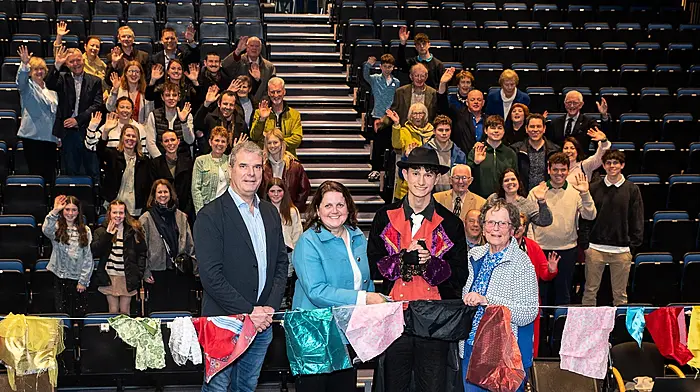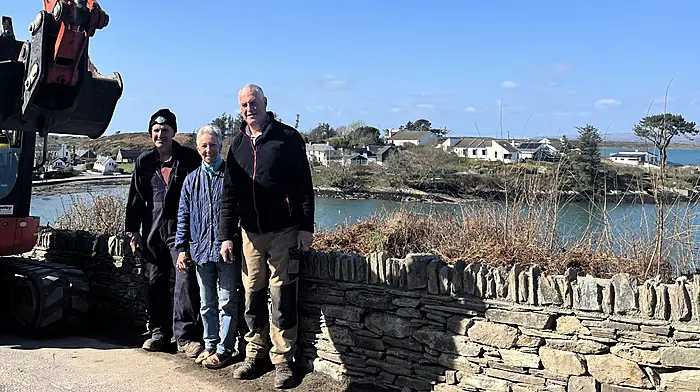
DANNO O’Mahony is the man from a farm in Ballydehob who transformed American professional wrestling in the 1930s.
‘He was the first true ethnic super-draw,’ wrestling historian and journalist Dave Meltzer previously told the Star Sport Podcast.
The charismatic West Cork giant, billed as the strongest man in the world, became an icon, and then a legend, now immortalised in a bronze, life-sized statue in his home village.
‘His big championship matches would be moved to baseball stadiums because he would sell out the Boston Garden too easily,’ Meltzer continued. ‘He drew the biggest crowds in the history of American professional wrestling up to that point and time.’
Danno, almost as wide as he was tall, hit the wrestling world like a meteor. He was a ‘gigantic celebrity’, Meltzer explained.
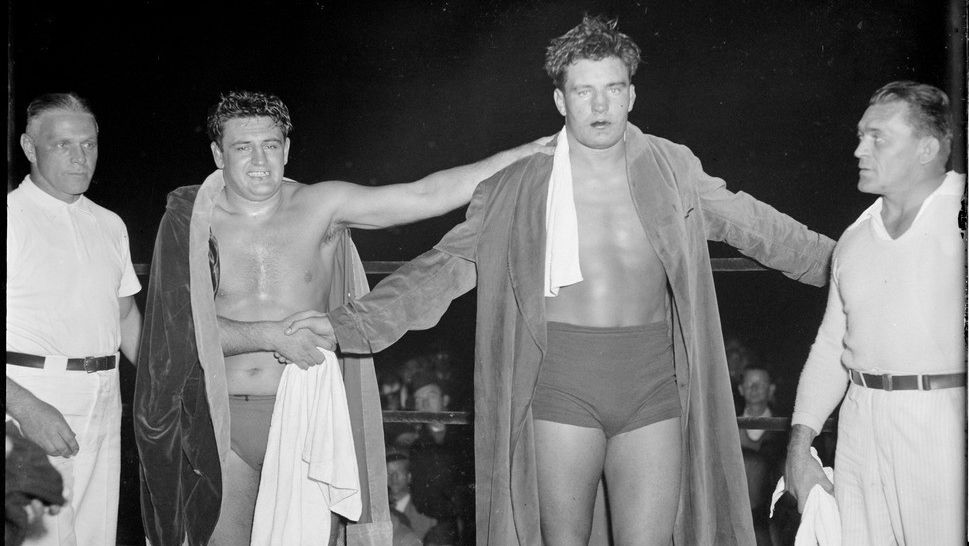 Danno O'Mahony was 'the first true ethnic super-draw’ in pro wrestling.
Danno O'Mahony was 'the first true ethnic super-draw’ in pro wrestling.
In June 1935 Danno was crowned world champion for the first time. He was just 22 years old. That’s the same age Paul O’Donovan was when he took the throne as a world champion rower for the first time in 2016.
Of different generations, but both generational athletes, these two West Cork men from farming backgrounds – Danno in Dereenlomane and Paul in Lisheen, perhaps ten kilometres apart – are game changers, one in the ring and the other on water.
Paul, like Danno, is living a life less ordinary as he single-handedly transforms his sport – and that’s one of the key pillars in any discussion about the greatest athletes Ireland have produced.
These conversations are always subjective. Boxing fans will fight Katie Taylor’s corner. Football fans might champion Roy Keane. All sports have their heroes. And then there’s Paul O’Donovan, the Lisheen man widely recognised as, pound for pound, the best rower on the planet; the lightweight rower with a genuine heavyweight claim to being the finest sports person to ever leave these shores.
His medal haul, for a 28-year-old, is staggering. One Olympic gold. One Olympic silver. Four World gold medals (two in the lightweight single sculls, two in the double). Three European gold. Three World Cup regatta gold. And plenty of silver and bronze for spare change if he rustles through his pockets. He’s already Ireland’s most successful-ever rower, and the country’s greatest rower. Can any other elite Irish sportsperson compete with his medal collection?
He’s red hot right now, too. Paul and Fintan McCarthy, the Aughadown dream team, have won five gold medals in a row at international level in the Irish men’s lightweight double scull. Add Paul’s recent gold in the single sculls at World Cup III in Lucerne, when the bearded phenom power to gold in world record time. He has won his last 18 international races. Have we ever had an Irish athlete as ruthlessly and brilliantly dominant in a world sport? Katie Taylor’s hand will shoot up here, but no-one can lay a glove on Paul right now in rowing. Paul and Fintan are winning by clear water. No split decisions. Knock-out rows every time they hit the water. Simply supreme.
As well as breaking records, Paul is smashing glass ceilings – and this strengthens his credentials as a genuine game-changer.
At the Rio Games in 2016, together with his older brother Gary, they won Ireland’s first-ever Olympic rowing medal with a sensational silver in the men’s lightweight double. That changed Irish rowing, inside and outside the rowing community.
‘That medal was the turning point,’ stated former Skibbereen rower Timmy Harnedy, also an Olympian. ‘You are not at the races now at Irish trials unless you are medal standard. The expectation now is to win medals. They have raised the standards.’
An Olympic rowing medal had eluded Irish rowers up until 2016, but Paul and Gary showed it could be done. They normalised winning big medals. That’s The Paul and Gary Effect: how two brothers from Lisheen transformed rowing, home and abroad. Their personalities were infectious, to the extent that they shared the same couch with Michael Fassbender and Marion Cotillard on The Graham Norton Show’s New Year’s Eve special in 2016. Rowing, a minority sport, was now front and centre in the mainstream, being watched in houses across the country that wouldn’t know the difference between sculling and sweeping, but they knew the two rowers from Skibbereen.
 Skibbereen's Gary and Paul O'Donovan celebrate winning a silver medal at the Rio Olympics in 2016.
Skibbereen's Gary and Paul O'Donovan celebrate winning a silver medal at the Rio Olympics in 2016.
‘Paul and Gary burst on the scene in Rio 2016 and went into a superstar status that rowers rarely do, outside of someone like Sir Steve Redgrave with five Olympic gold medals. Non-rowers would know about the O’Donovans which is highly unusual,’ rowing commentator Martin Cross explained before on the Star Sport Podcast.
In the summer of 2021, now with Fintan McCarthy alongside him in the Irish men’s lightweight double, Paul won gold at the Tokyo Games. These two Skibb men are the first Irish rowers ever to win an Olympic gold rowing medal. Again, raising standards, and expectations. Paul has taken Irish rowing to new heights; he is the common denominator between the Rio and Tokyo medals.
The man beside him in the Irish double in Tokyo Bay was 19 years old when Paul won Olympic silver in 2016. Fintan watched the fanfare at the huge homecoming in a heaving Skibb that magical Monday night in August ’16. Winning an Olympic medal suddenly became a realistic goal for him, as Fintan trained in the same club (Skibbereen Rowing Club) as Paul, on the same river (Ilen), under the same coach (Dominic Casey) and with the same training programme. Six years later Paul and Fintan are the World Rowing Men’s Crew of the Year, and Olympic, World and European champions.
Paul’s longevity strengthens his claim as the best of the best. At the 2016 World Rowing Championships, just weeks after winning Olympic silver, he won gold in the men’s lightweight single sculls. Six years on, ahead of the upcoming World Rowing Championships in the Czech Republic, he is still snaffling up gold medals at world level. That’s utter dominance.
‘I think people don’t realise how hard rowing is. To be able to perform that consistently and train as hard as we do, Paul is really something else, and definitely the best athlete I know,’ Fintan said recently.
 Fintan McCarthy and Paul O’Donovan with their Olympic gold medals.
Fintan McCarthy and Paul O’Donovan with their Olympic gold medals.
Whether it’s beside Fintan or Gary in the double, Paul wins. In the single, Paul wins. Put him in a bathtub with a wooden spoon, he is still likely to win, but what separates Paul from the rest? And why should he be hailed the greatest athlete Ireland has ever had?
It’s not only that he can quote pre-Socratic philosopher Heraclitus in an interview (‘No man ever steps in the same river twice’) and he is genuinely one of the most fascinating characters in Irish sport, currently juggling his medicine studies at UCC with being the best rower in the world, but he is the complete package.
From a glorious corner of this island that produces some of the country’s top athletes, Paul is a local who connects the dots between here and the biggest stages. Like Darren Sweetnam, the Dunmanway man who became West Cork’s first-ever Irish senior rugby international. Like Ballineen Bullet Phil Healy who held the title of Ireland’s fastest woman. Like Declan Barron, Nollaig Cleary, Niall Cahalane and Graham Canty, some of the many footballers who highlight why this is Football Country. Like Danno O’Mahony, the son of a Ballydehob farmer who became wrestling royalty. Like Lislevane legend Jennifer O’Leary, an eight-time camogie All-Star. Like Aughadown’s Fintan McCarthy, the second most successful Irish rower ever. Legends and greats, wherever you look – but then there is Paul.
‘He has the three pieces of the puzzle that every top sports star needs: physical, technical and mental,’ former Irish Olympic rower Eugene Coakley explained ahead of the Tokyo Games.
Physically, he’s a beast. There’s that anecdote in Something in the Water about how Paul, still at Lisheen National School, wrapped his small arms around a 25kg bag of calf nuts at the local co-op and wrestled it from one end of the store to his dad’s trailer. A feat only Danno O’Mahony could have matched, perhaps. Physiologically, he ticks the boxes – he is phenomenally strong, has a great engine and there is his unusually large lung capacity. He is built to row. Mentally, Paul has it all too. He is never fazed. Ever. Doesn’t flinch under pressure; instead he just goes to work like he always has, pulling those hard strokes.
 Paul O’Donovan with his Olympic gold medal at his home rowing club In Skibbereen.
Paul O’Donovan with his Olympic gold medal at his home rowing club In Skibbereen.
Paul is a complete athlete. The best we’ve ever had? An impossible argument, but it’s a conversation he must be included in. Not that he would be too bothered whether he is or not. He rows because it's fun. He enjoys the day-to-day stuff, the hard graft and grunt that leads to the glory days.
‘It’s always nice to win medals but I just think… you know, I’m not rowing to get a big collection of medals. I’m just rowing because I enjoy it,’ Paul said ahead of Tokyo, and that’s important.
The comparisons with Danno O’Mahony are there. Two trail-blazers from rural West Cork who shot to global prominence. Two young men from farming backgrounds that conquered their worlds. And as one of Danno’s legacies is his signature move, The Irish Whip, one of Paul’s is his ability to pull like a dog and dominate. All he is missing is a statue, but that will come.

